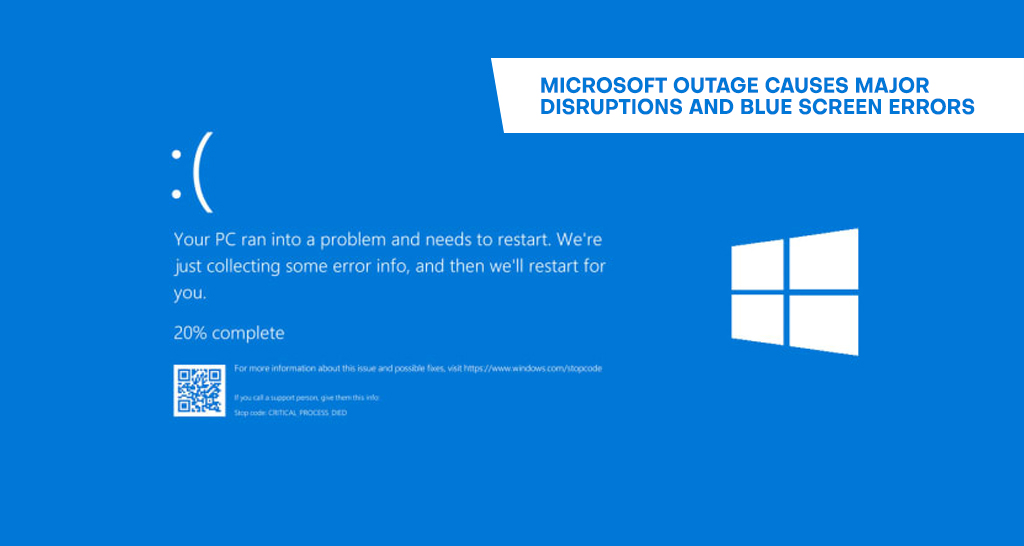Microsoft recently experienced a major global outage that has disrupted many sectors, including airlines, retail, and financial services. The outage has caused significant problems for businesses and individual users all over the world.
The ripple effects of this outage have been felt across the globe, with major industries grappling with operational difficulties. Airlines, in particular, have been hit hard. Major Indian carriers such as Akasa Air, IndiGo, Air India, Vistara, and SpiceJet have reported significant operational challenges, including canceled flights and delayed schedules. US carriers, including American Airlines, Delta Airlines, and United Airlines, have similarly experienced disruptions, leading to ground stops and delays that have left passengers stranded or significantly inconvenienced. Delhi Airport, a key hub in India, has seen its services temporarily impacted, with passengers being advised to stay updated with real-time information from their respective airlines.
In addition to the airline industry, the retail sector has also been severely affected. In Australia, retail giant Woolworths faced significant operational disruptions as a result of payment system failures. Shoppers experienced long lines and delays at checkout as the store struggled to process transactions. Similarly, financial institutions across the globe have encountered issues. The National Australia Bank, one of the country’s major financial institutions, has struggled with system access problems, impacting its ability to conduct transactions and provide services to its customers.
The outage has also triggered a widespread issue among Windows users, with many encountering the notorious “Blue Screen of Death” (BSOD). This critical error causes computers to shut down or restart unexpectedly, leading to the loss of unsaved data and significant disruptions for users. The BSOD is a well-known and often feared problem that typically signifies serious system errors or hardware failures. During this outage, the frequency of these errors has increased, compounding the difficulties faced by users who rely on Windows for their daily computing needs.
Microsoft has acknowledged the severity of the situation and has reported that several of its key services are currently in a read-only state. Services such as PowerBI, Microsoft Teams, and Microsoft Fabric have been particularly affected, with users experiencing limited functionality and intermittent access issues. Microsoft 365 admin centers, crucial for administrative tasks, are also facing accessibility challenges. The company has committed to addressing these issues as a top priority and is actively working to restore full functionality across its services.
To assist users affected by the BSOD, Microsoft has issued several recommendations. Users are advised to ensure that their Windows operating systems are updated with the latest patches and updates, which may contain fixes for the issues causing the blue screen errors. Additionally, Microsoft has suggested using the Blue Screen Troubleshooter, a tool available in the Get Help app, to diagnose and address the problems. For those who continue to experience difficulties, the company recommends seeking further assistance through their support channels or restoring their systems to a previous state using system restore points.
As Microsoft works to resolve these issues and restore normal operations, the impact of this outage serves as a stark reminder of the reliance on cloud services and digital platforms in today’s interconnected world. The scale of the disruption highlights the importance of robust and resilient IT infrastructure and the need for effective contingency plans to manage such unexpected events.
In conclusion, the ongoing Microsoft outage has led to significant disruptions across multiple sectors, affecting airlines, retail, and financial services, and causing widespread issues for Windows users. With Microsoft actively working to resolve the problems, affected users are encouraged to stay informed about updates and follow recommended troubleshooting steps. The incident highlights the critical role of digital infrastructure in modern society and the challenges that come with its dependence.

